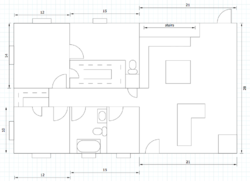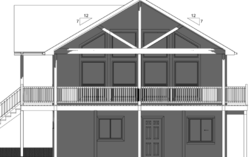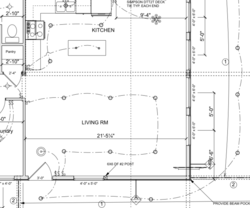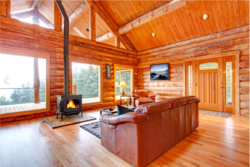Building a new house and I’m not using a general contractor so I’ve been doing a bunch of research to get things right. Hoping for some advice on fireplace/wood stove location and recommendations.
Primary source of heat will be a Mitsubishi heat pump. Even though everyone says the heat pump will be enough, code requires an additional source of heating.
Currently own a Regency 1100 that heats a small 20x18 area and it does a great job heating the area. From what I’ve read here, wood stoves are much better than fireplaces as a source of heat. Fireplaces are just for aesthetics.
1. Is this accurate?
The area to be heated is approximately 21 x 28. The plan was to put it on the bottom right corner of the great room pointing towards the kitchen counter (see attached pic). The windows on the right side of the house begin 4.5 ft from the wall. So I have that much room for a wood stove.
2. Is this enough space
Looking at the layout:
3. Is this where you would install the wood stove?
With this information and considering my space:
4. Can you please recommend a few wood stoves?



Primary source of heat will be a Mitsubishi heat pump. Even though everyone says the heat pump will be enough, code requires an additional source of heating.
Currently own a Regency 1100 that heats a small 20x18 area and it does a great job heating the area. From what I’ve read here, wood stoves are much better than fireplaces as a source of heat. Fireplaces are just for aesthetics.
1. Is this accurate?
The area to be heated is approximately 21 x 28. The plan was to put it on the bottom right corner of the great room pointing towards the kitchen counter (see attached pic). The windows on the right side of the house begin 4.5 ft from the wall. So I have that much room for a wood stove.
2. Is this enough space
Looking at the layout:
3. Is this where you would install the wood stove?
With this information and considering my space:
4. Can you please recommend a few wood stoves?



Last edited by a moderator:


